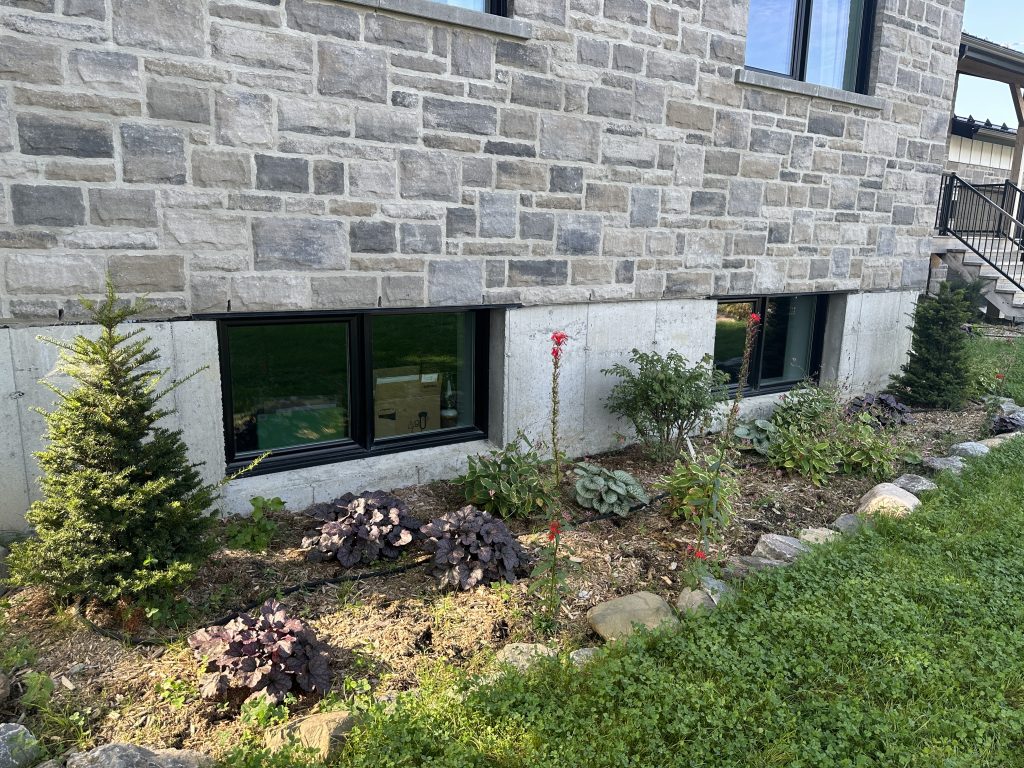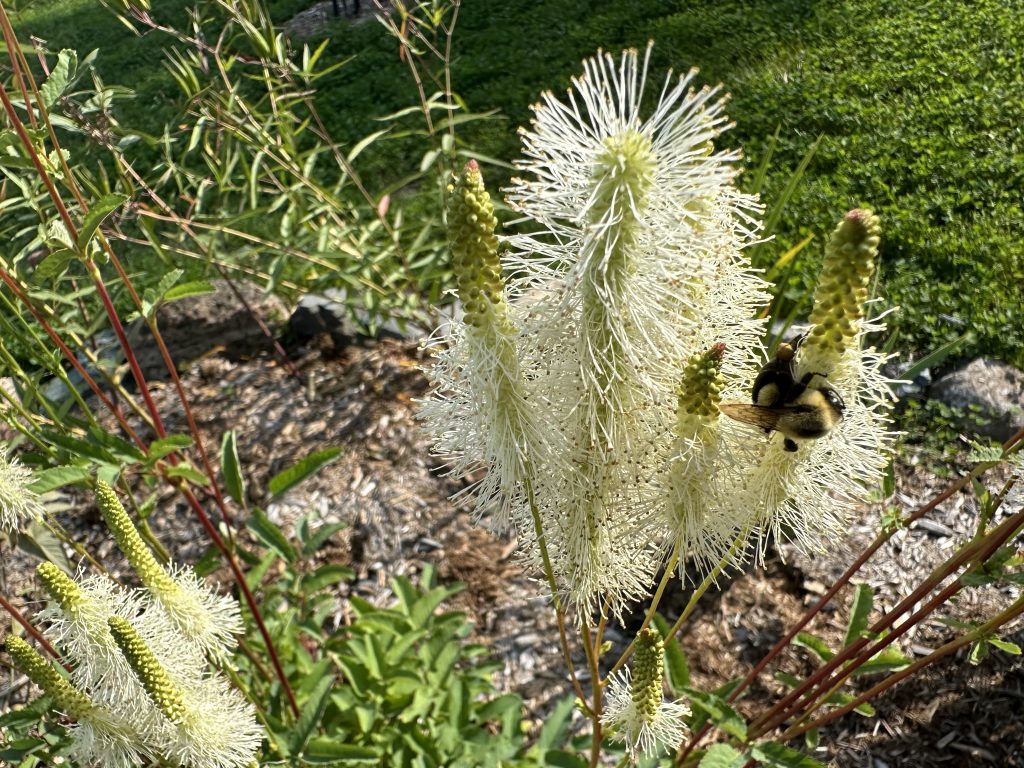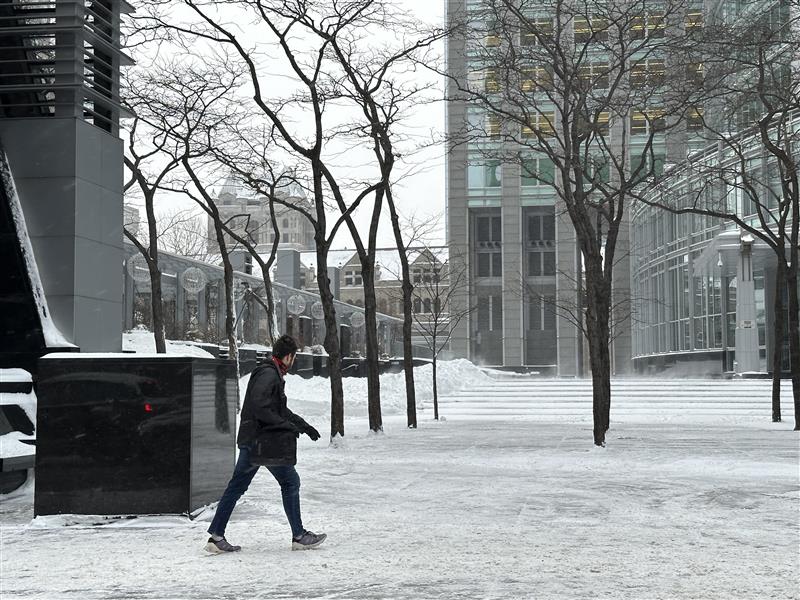Rain gardens: What are they & how can they absorb Montreal’s excess water?

Posted September 22, 2024 8:51 am.
Last Updated September 22, 2024 6:26 pm.
When it rains, it pours. Well maybe not at the moment – amid this end of summer heat but Montrealers often worry about water infiltration during big downpours – like we saw in August – and rain gardens can be helpful in events like those. They can absorb excess water, getting it away from buildings and their foundations.
“We’ve been getting a lot of rain these last couple months here in Montreal and we’ve been having a lot of problems with our infrastructure of the sewer systems not being able to handle all the water that’s been coming into our gardens,” said Shawn Manning, owner of Urban Seedling.

“We’re trying to think of ways that we can try and manage some of that water in a more eco-responsible way and a way that doesn’t necessarily mean digging up your whole yard and putting a drainage field in a drainage system which can be effective but having a rain garden can be just as effective if not more and much better for the environment,” he added.
According to Manning, it’s important to have the right type of plants in the garden, ones with deep taproots.
“A rain garden is a garden that generally comprised of native plant species that are perennial and that are big drinkers of water. So they like wet feet, they like to be in a wet area, they’re very resistant to all different kinds of climates and temperatures so hot, wet, dry and they are big, big drinkers.”
Manning also recommends having a variety of plants in the garden.
“You want to have a mixture of plants, big, small, medium, to create a canopy so you can have some things that like a little bit more shade, some things that like more sun, and play around with that.”

“They have a soil that can retain a lot of water, but they do have good drainage as well. So no, not like clay soil, really like a nice fluffy soil or peaty or sandy, anything that can really process a lot of water quickly,” he added.
In order to create a rain garden, Manning recommends them being lower down than the rest of the lawn and grass.
“What you want to do is create a space in your yard that is somewhere on the lower side, so in a down slope, so that all the runoff from your roof and from the property can accumulate into this garden. And that garden will be able to clean that water and clean out all the pollutants that might be in there and then slowly release whatever is left over to then make its way into our water table,” he said.
Rain gardens can not only help with floods, but can also be beneficial for the environment.

“One of the beautiful things about a rain garden and the fact that we’re planting a lot of native plant species is that this is also a great opportunity to have a really biodiverse garden that will be feeding our local pollinators,” said Manning. “So you’ll have things like milkweed, things like cardinal flowers and bee balm that are great in a wet situation, but also that produce super, super great pollen in nectars for our local pollinators that create their perennial plants.”
“They’ll create habitat for a lot of insects over winter and you’ll be doing a great thing not only for your property,” he added. “But also for the environment.”








